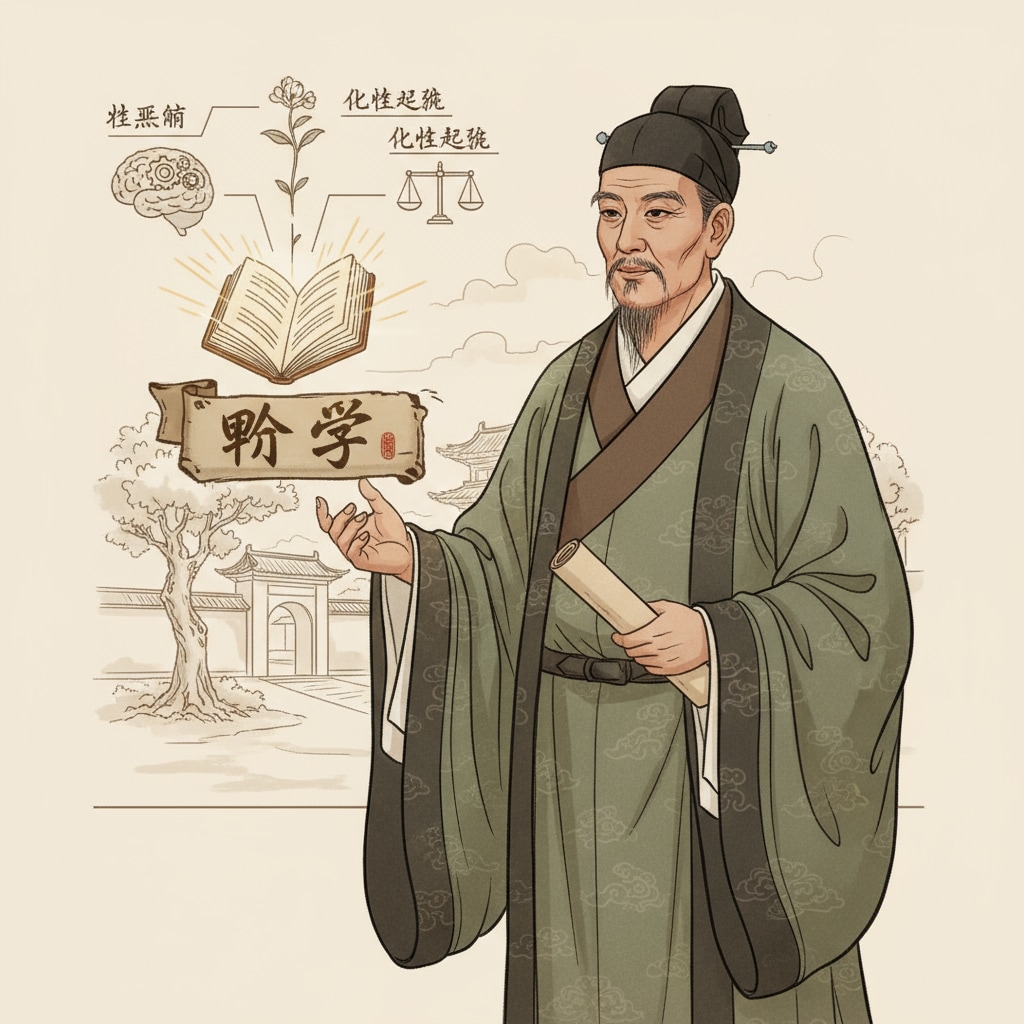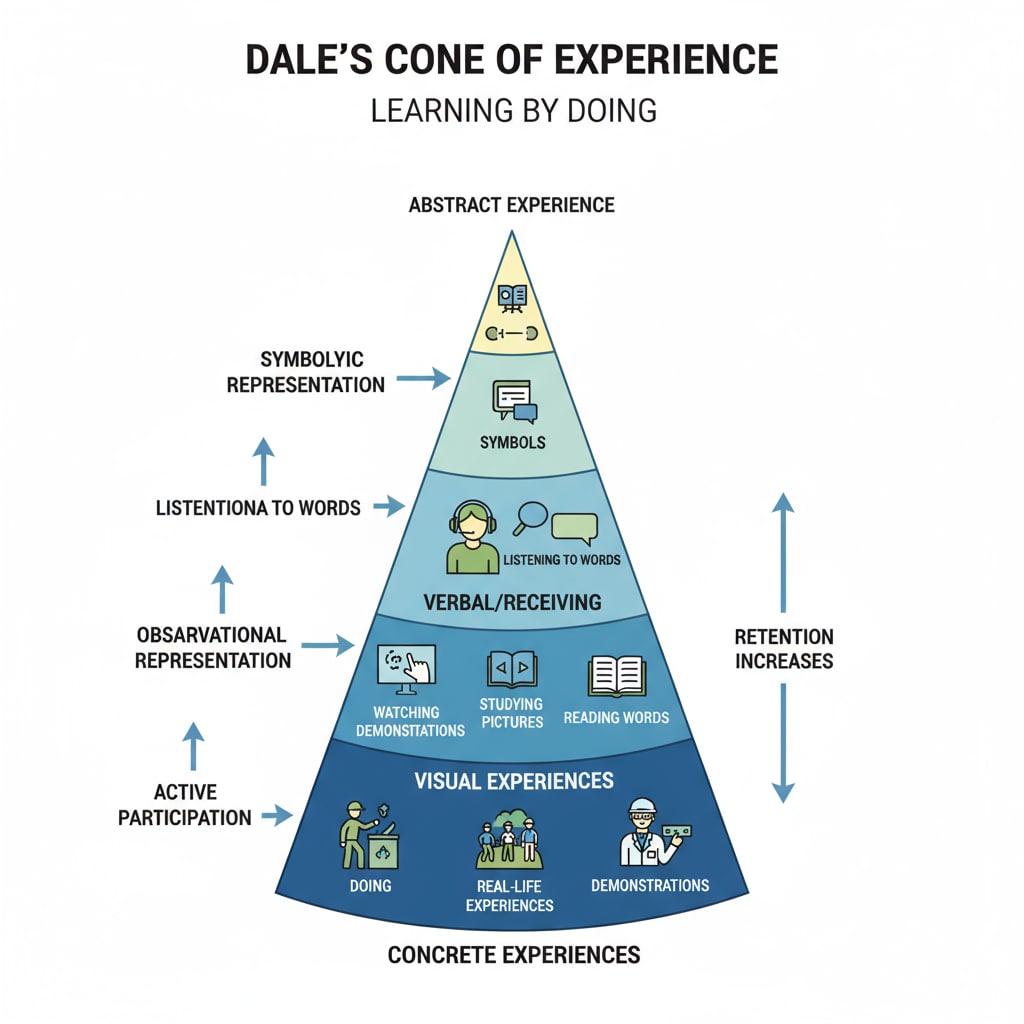Learning methods, Xun Kuang’s philosophy, Dale’s Cone of Experience, and practical learning are integral components in understanding how students can achieve deep learning, especially in the K12 education system. Throughout history, the idea of learning through doing has been a cornerstone of educational thought, and it continues to shape modern teaching strategies.
The Wisdom of Xun Kuang’s Philosophy on Learning
Xun Kuang, an ancient Chinese philosopher, emphasized the importance of action in the learning process. His teachings held that true knowledge is not just theoretical understanding but also the ability to apply that knowledge in real – world situations. For example, Xun Kuang believed that “不闻不若闻之,闻之不若见之,见之不若知之,知之不若行之” which can be translated to “Not hearing is not as good as hearing, hearing is not as good as seeing, seeing is not as good as knowing, knowing is not as good as acting upon it”. This shows that practical learning has been recognized as a crucial step in the learning hierarchy for centuries. Xun Kuang on Wikipedia

Dale’s Cone of Experience: A Modern Perspective on Learning
Dale’s Cone of Experience is a modern theory that further elaborates on the effectiveness of different learning experiences. At the base of the cone are the most concrete and engaging experiences, such as direct purposeful experiences. As we move up the cone, the experiences become more abstract. For instance, reading and listening are at the top, which are less effective in promoting deep learning compared to hands – on experiences. This theory aligns with Xun Kuang’s ideas, suggesting that practical learning, which is closer to the base of the cone, has a more significant impact on students’ understanding. Dale’s Cone of Experience on Britannica

In the context of K12 education, these concepts are highly relevant. Teachers are constantly seeking ways to incorporate practical learning into the curriculum to enhance students’ understanding. By providing hands – on activities, students can not only remember information better but also develop critical thinking and problem – solving skills.
One such example of how technology is facilitating practical learning is through VR (Virtual Reality) in the classroom. VR creates immersive learning environments where students can have direct experiences that were previously difficult to achieve. For example, students can explore historical events, visit far – away places, or conduct scientific experiments in a virtual setting. This form of practical learning helps students engage more deeply with the subject matter and promotes long – term learning.
Readability guidance: As seen above, we have used short paragraphs to convey key ideas. The lists of examples help to clarify complex concepts. The use of active voice is prominent, and transition words like “for example” and “such as” are used to connect ideas smoothly. Each H2 section has a clear focus on different aspects related to practical learning in K12 education.


